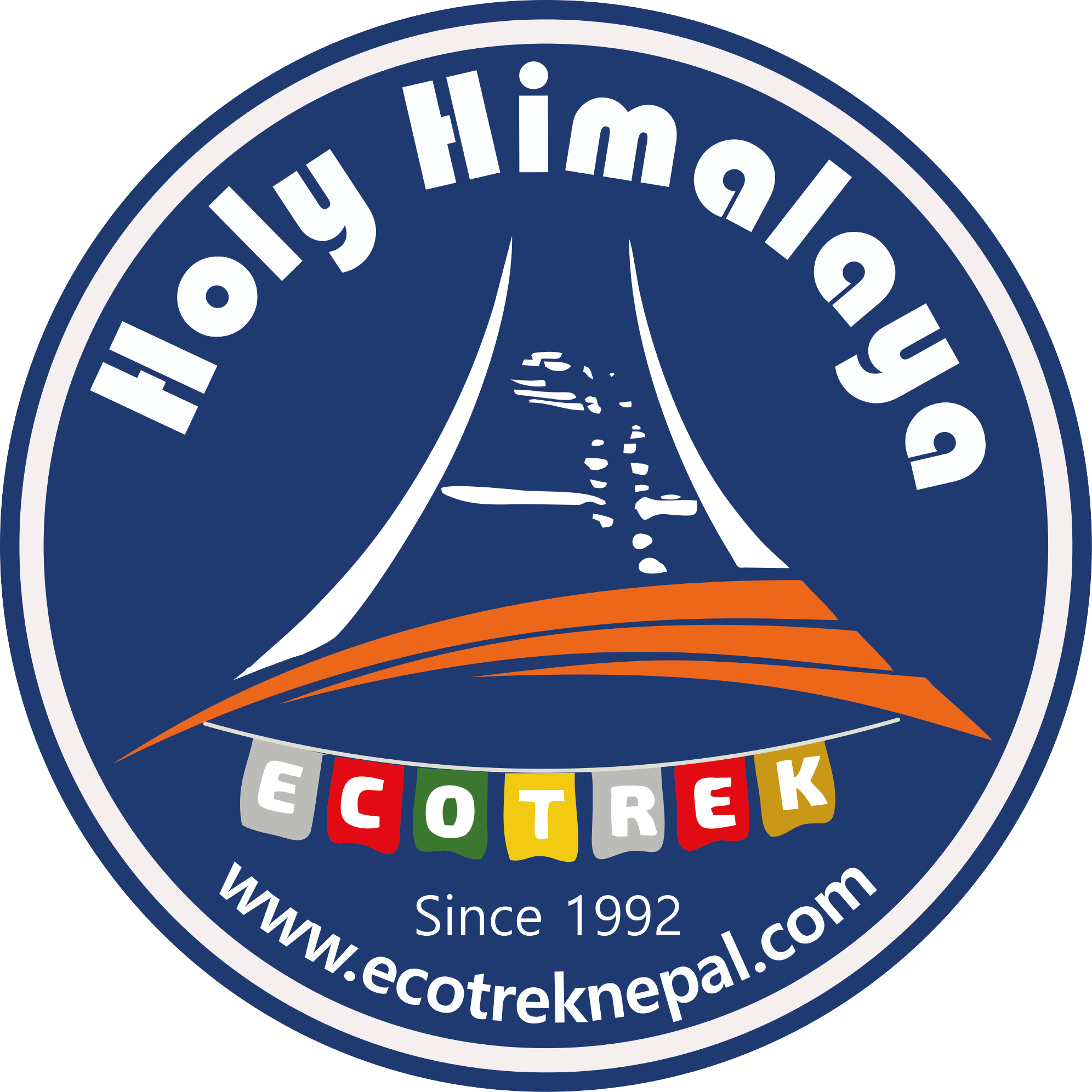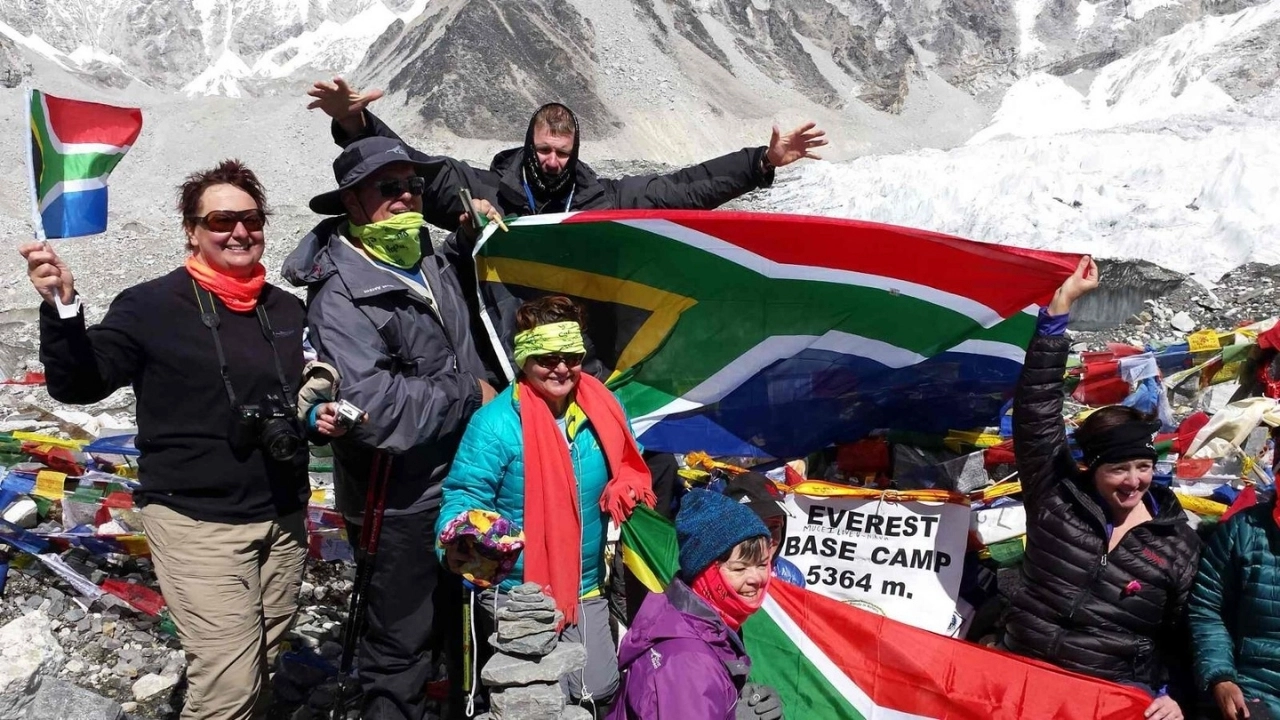
Tsum Valley Trek
Tour snapshot
27 Days
2 persons
Nepal
Trekking in Nepal
Overview
Tsum Valley in the mountains of Nepal is like being transported into a time machine. A place where nature reigns supreme, the landscape is painted in a kaleidoscope of colors by the fields of barley and amaranth. Dzos and yaks graze serenely, while ancient stone houses line the trails. Everywhere you turn, there is a reminder of a forgotten era: hand-carved mani stones, ancient villages, and towering chortens.
But Tsum Valley is much more than just the past; it's about the present, too. Opening its doors to trekkers recently, this preserve has just revealed its freshness to the world. Nestled within towering peaks and dotted with ancient monasteries, this place becomes a paradise found for both nature lovers and adventurers.
The snow-capped Himalayas seen on this hike are Mt. Manaslu at 8,163 m, Ganesh Himal at 7,140 m, Himalchuli at 7,893 m, and many other Ganesh Himal peaks such as Shringi Himal and Boudha Himal, among others, as well as lush forests with cascading waterfalls. The air is crisp, the trails are challenging, but the rewards are beyond compare. Among all that, you get the chance to feel the warm welcome from locals, proudly sharing their abundant cultural traditions with their guests.
Centuries melt into one continuous present in the Tsum Valley, giving the visitors a very rare glimpse of a mode of life standing still. The air hums with the whispers of old monasteries and with the spirits of the Himalayas alive within them. Come and be a part of this majestic exploration called the Tsum Valley.
Highlights
- Exploring the hidden and remote Tsum Valley, a restricted area, until recently.
- Trekking through pristine Himalayan landscapes with towering snow-capped peaks.
- Passing through ancient villages of Tibetan Buddhist culture virtually untouched by modern influences.
- Visiting centuries-old Buddhist monasteries like the revered Mu Gompa.
- Experiecing the warm hospitality of the local Tsumba people.
- Spectacular mountain views of majestic mountains like Ganesh Himal, Sringi Himal, Boudha Himal, and more.
- Sotting rare Himalayan flora and fauna, like the Snow Leopard and Himalayan Tahr.
- Transversing valleys of rhododendron forest, waterfalls, and glacial rivers.
- Embracing the remoteness and serenity of this Himalayan valley.
Itinerary



























Included/Excluded
Service Fee Only, Explore Nepal Fully!
Select Dates
{{type.name}}
{{type.display_price}} per person
Guests
Extra prices:
- {{total_price_html}}
- {{pay_now_price_html}}
FAQs about Tsum Valley Trek

The Tsum Valley Trek contains challenging terrain, with the snow-capped mountains on one extreme and lush vegetation on the other. The ideal time for trekkers in general falls in the months of spring-March to May-and autumn-September to November. You can trek throughout the year if you prepare accordingly. Each of the seasons has its advantages and disadvantages; so, you choose as per your preference. It is also possible to trek during the summer and winter months with the right guidance and gear. Consider your needs to make an informed choice to fully enjoy the remote beauty of Tsum Valley.

The Tsum Valley Trek involves 5-6 hours of walking each day and thus needs healthy food. The teahouses provide all kinds of meals on the trek. Prices are high as altitude gains height. Food available: Veg and Non-Veg. Estimated Cost: Food and Accommodation $30/day-Three Meals a Day. The local meal- Dal Bhat, Noodles, Momo, Pasta are most consumed during the trek. Tea and coffee are available, but the most important thing is water and hydration. Teahouses offer basic twin-shared rooms, Asian-style toilets, and communal dining areas with fireplaces for warmth and socializing.

The Tsum Valley Trek requires a permit to preserve the fragile ecosystem and culture of the area. The cost differs based on the season: From September to November: $70 per person per week, then $10 per additional day. From December to August: $50 per person per week, then $7 per additional day. Further to this, you need permits for conservation areas. ACAP (Annapurna Conservation Area Project): $20 or NPR 2000. MCAP (Manaslu Conservation Area Project): $20 or NPR 2000. These permits help preserve natural and cultural heritage in the region. HOLY HIMALAYA ECO TREK WILL ARRANGE ALL NECESSARY PERMITS FOR YOU.

The Tsum Valley Trek is considered a moderately difficult trek that requires good fitness with some experience for trekkers. The highest is the Larkya La Pass, which is 5,160 meters (16,929 feet) high. This part is quite challenging but very rewarding, as one sees great views of peaks and glaciers.The crossing is successful only with good physical fitness and proper acclimatization. Trekkers should be well acclimatized to the altitude and make the steep ascent and descent with care. It is advisable to trek with a guide or an experienced group for safety as well as better enjoyment.

There is electricity in some teahouses, but very limited and not always on during the day. Some of the lodges may charge extra for charging your gadgets. Some villages have network coverage, while others are patchy or non-existent deep in the hills. Make your family and friends aware about this before the trek. This way, they won't worry. Tsum Valley Trek is considered to be moderately difficult. It's suitable for people who have good fitness levels and prior experience. The highest point is the Larkya La Pass at 5,160 meters (16,929 feet). This is the rewarding yet demanding section that offers breathtaking views of various peaks and glaciers. One would need good physical fitness level and proper acclimatization to cross it successfully. There are steep ascents and descents, so one must go up and down very cautiously. It is recommended not to trek alone and not without a guide or experience.









